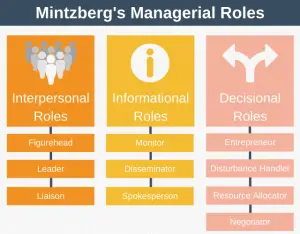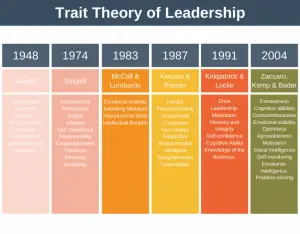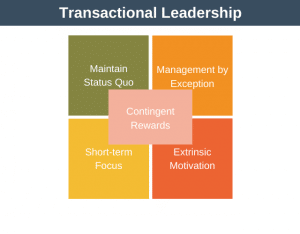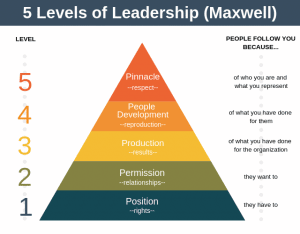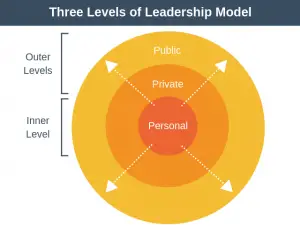Time management can be thought of as a problem in supply and demand, for example, you have too much work to do (demand) and not enough time to complete it (supply). There are too few people working on the project (supply) to complete it when needed (demand). The analogy of supply and demand problems extends into our personal lives as well. You wife wants to go for a meal (demand), but you promised your boss you’d have you’re presentation completed tonight (supply (of time)). You don’t have enough money (supply) to do those things you always wanted to (demand).
These days there are many demands on our time. We commute to work, complete tasks, manage people and manage projects, all the while answering emails and handling numerous other distractions. You don’t need me to provide you with a questionnaire to determine if you have too much to do, you already know this yourself. So if you feel you have too much to do and you want to reclaim your work life balance, or if you just want to make yourself more efficient, what can you do?
Here are two techniques I use which I hope are of use to you:
- Delegate
- Ruthlessly prioritize
If you manage projects, programs, or a team, you’ll be used to using the above two techniques on a daily basis, but let’s look at how we can use these tools on ourselves in addition to those we are responsible for.
Delegate
As a manager you already know that unless a task which needs to be done has someone to do it then it won’t get done. Why not apply this same logic to the tasks you have to do? If you have too much to do then it’s not going to get done unless you delegate something to someone.
By regularly delegating work you free up your time to add real value to the business – the logic here being that the more senior you are the more value you should be generating, and the smaller the number of routine tasks you should be performing.
If you remember the supply and demand analogy from the beginning of this article, you can think of delegation as increasing the supply of time you have available to do tasks.
Ruthlessly Prioritize
In the same way you prioritize tasks to get done or not get done within your projects or programs, you can prioritize tasks that you will or will not perform. The only question you should be asking yourself when considering what tasks to prioritize is “does this task benefit the organisation?” If a task isn’t increasing the bottom line, or moving towards the organization’s strategic objectives, or meeting a regulatory requirement, then should you be doing it?
Do not attend meetings unless you know why you have been asked to attend and understand both what you will be expected to give and what you will get in return. Perhaps it would enable you to add more value to the company if you only answered emails for a 30 minute period in the morning and a 30 minute period before leaving the office. On your commute to work each day think about the three most important things you need to get done that day. Your list should not exceed three items, and for each item you should understand exactly what value it brings to the organization. By forcing yourself to ruthlessly prioritize in this way every day you will ensure you are adding the most value possible to your organisation given the time you have available.
Going back once more to the supply and demand analogy from the beginning of this article, you can think of ruthless prioritization as limiting the demand on your time.
Conclusion
The techniques of ruthless prioritization and delegation are frequently used within the project environment to help us manage our projects, but they can just as easily be used on ourselves to help us achieve better results in the workplace. Delegation and ruthless prioritization are tools any manager can use to tackle both ends of the time management spectrum: getting more done (supply of time) and working on what’s important (demand for time).


